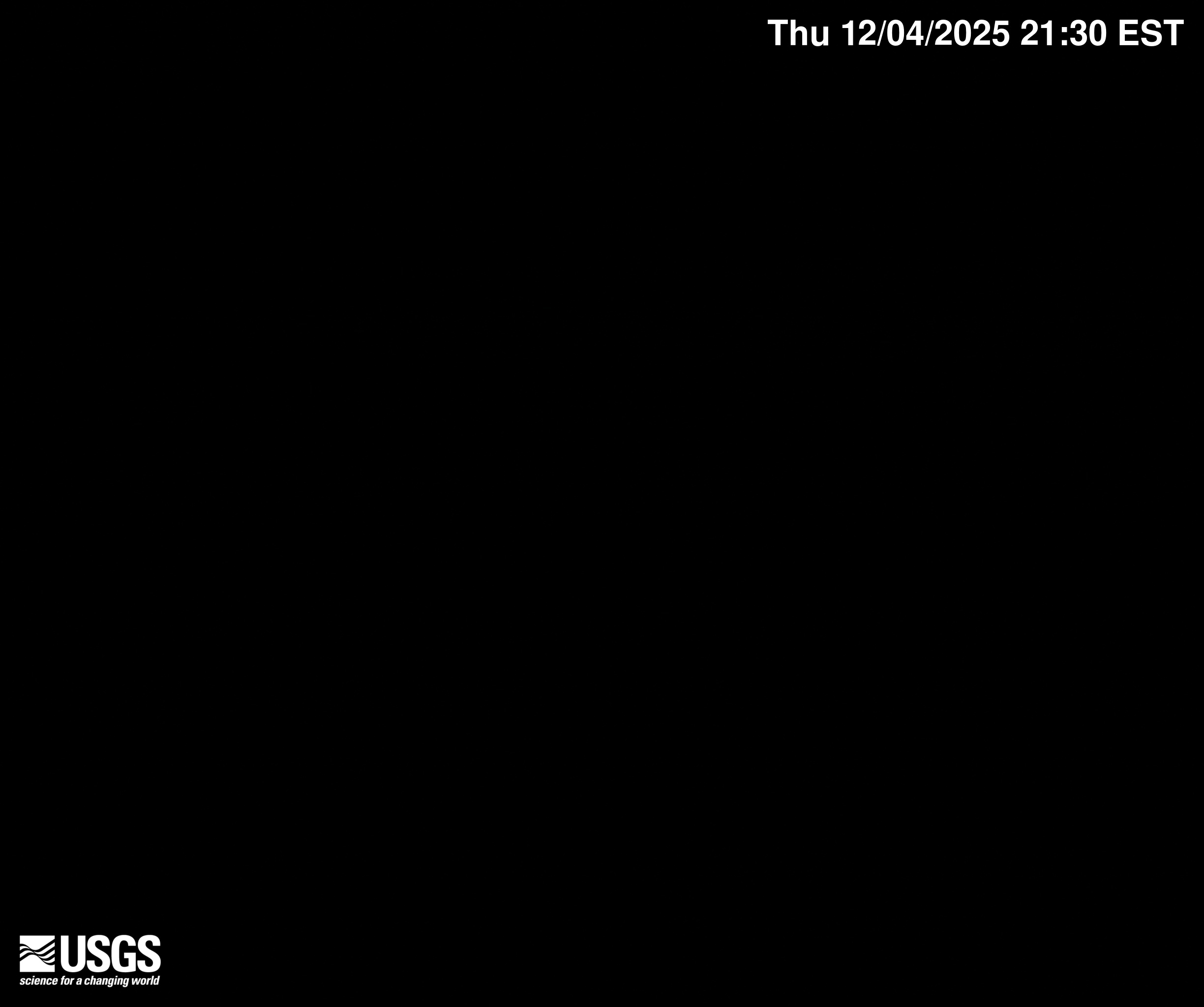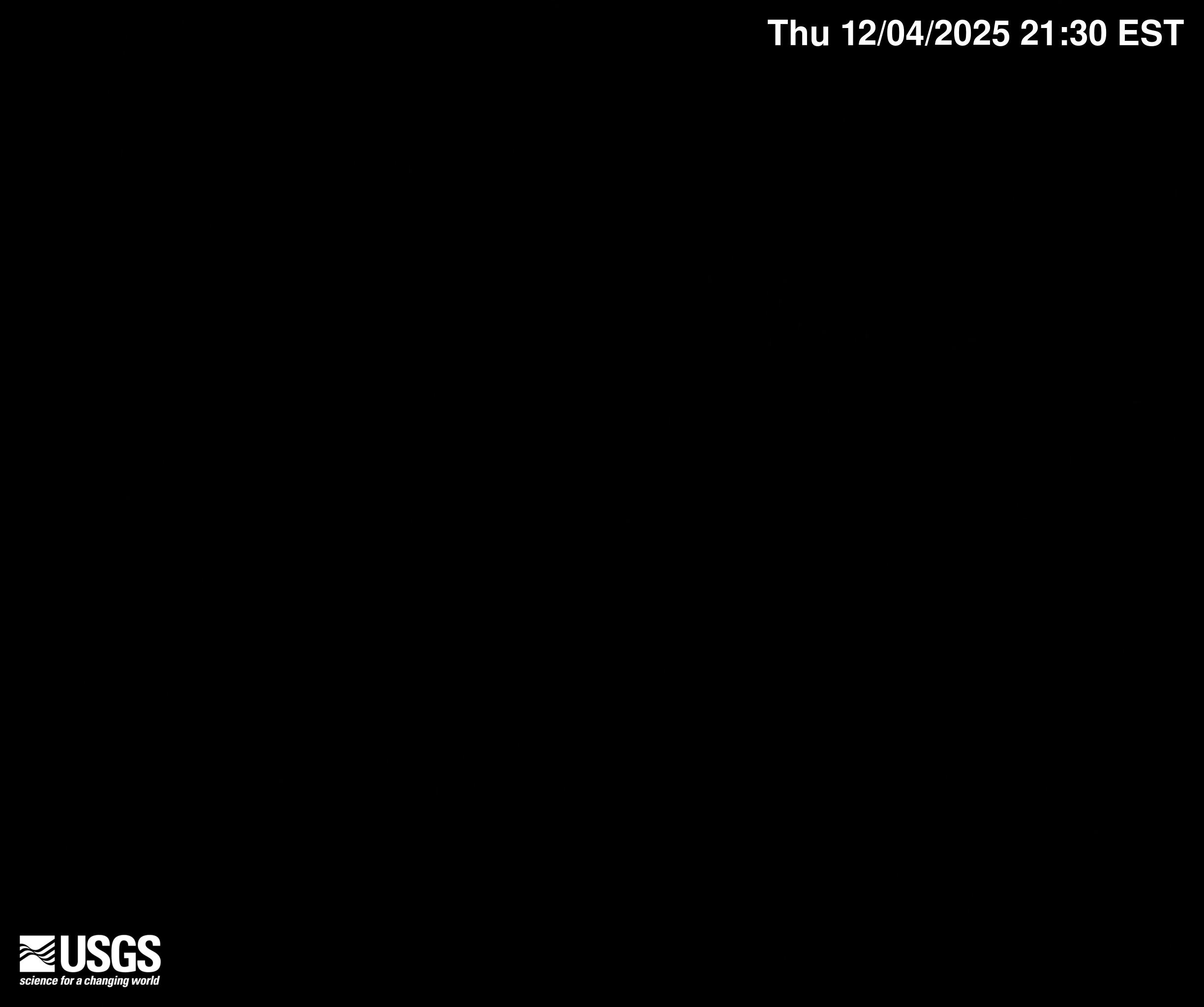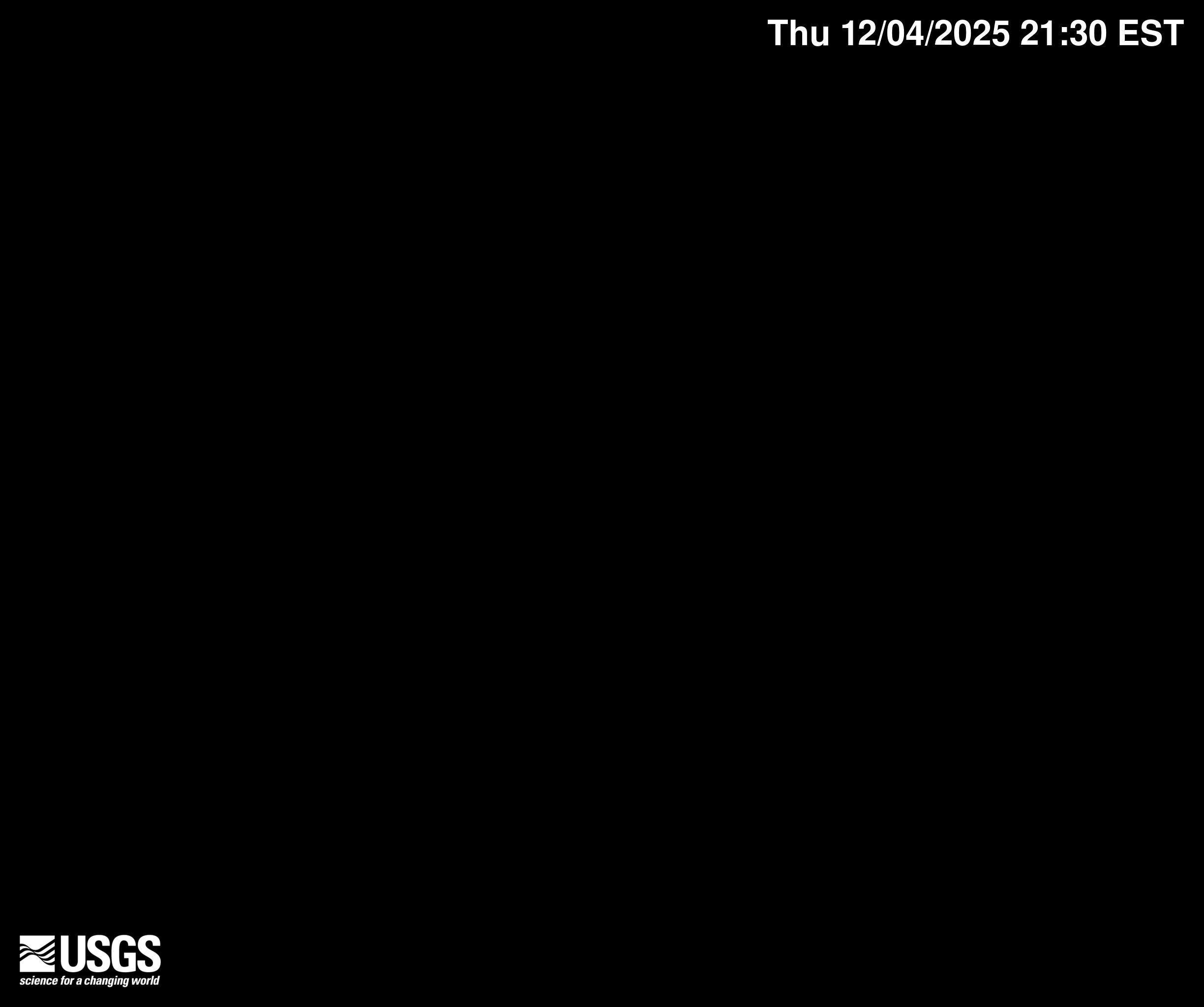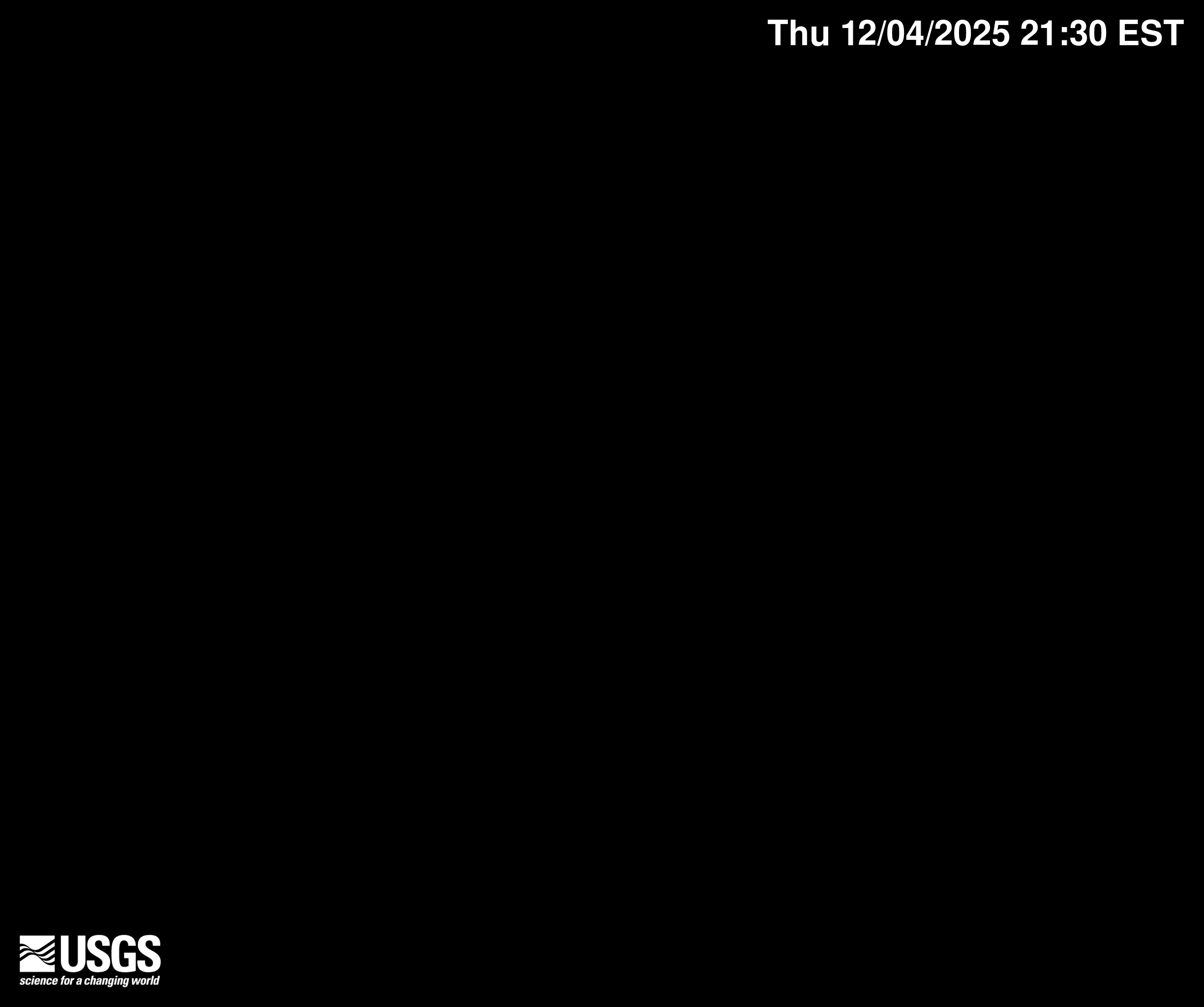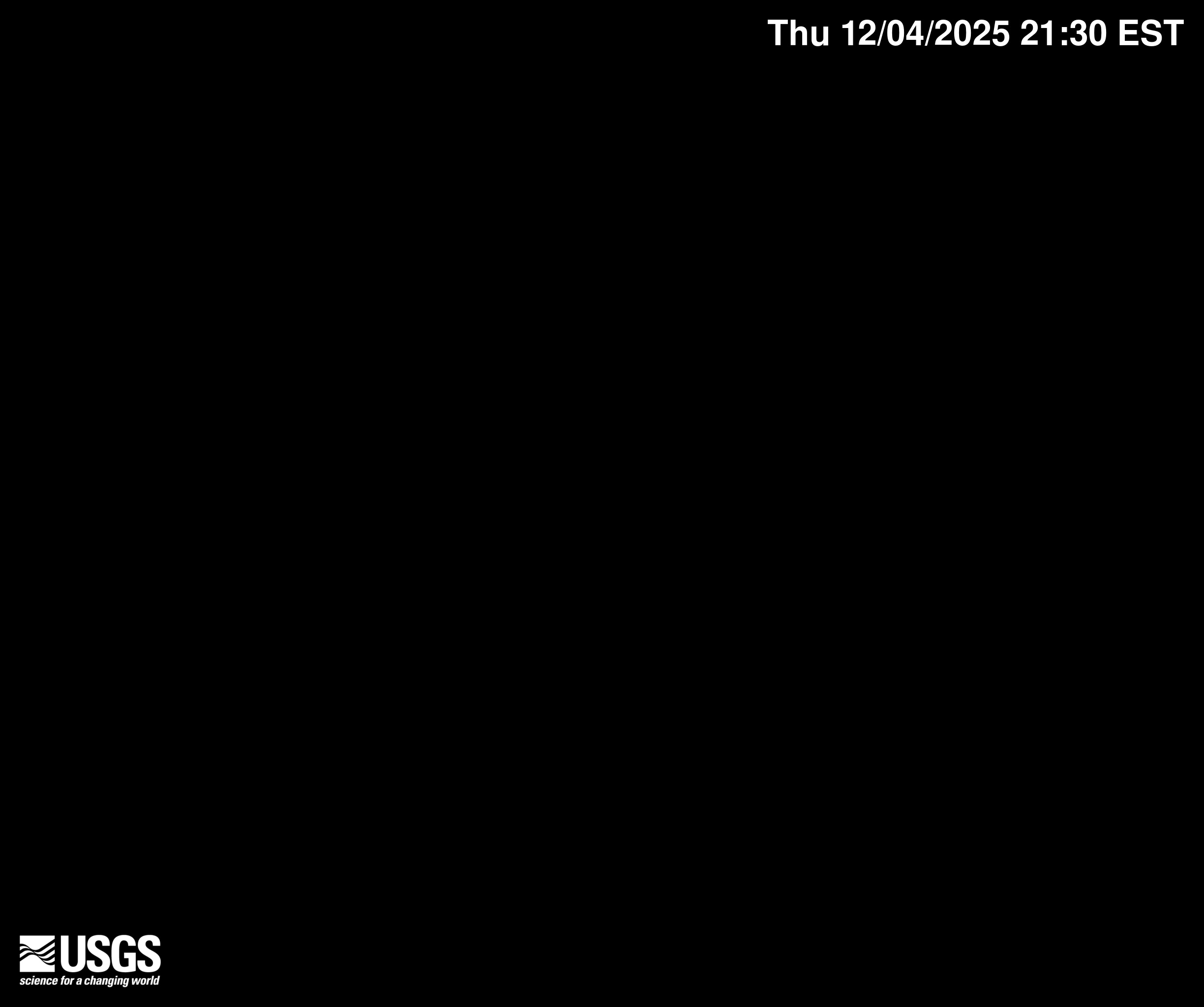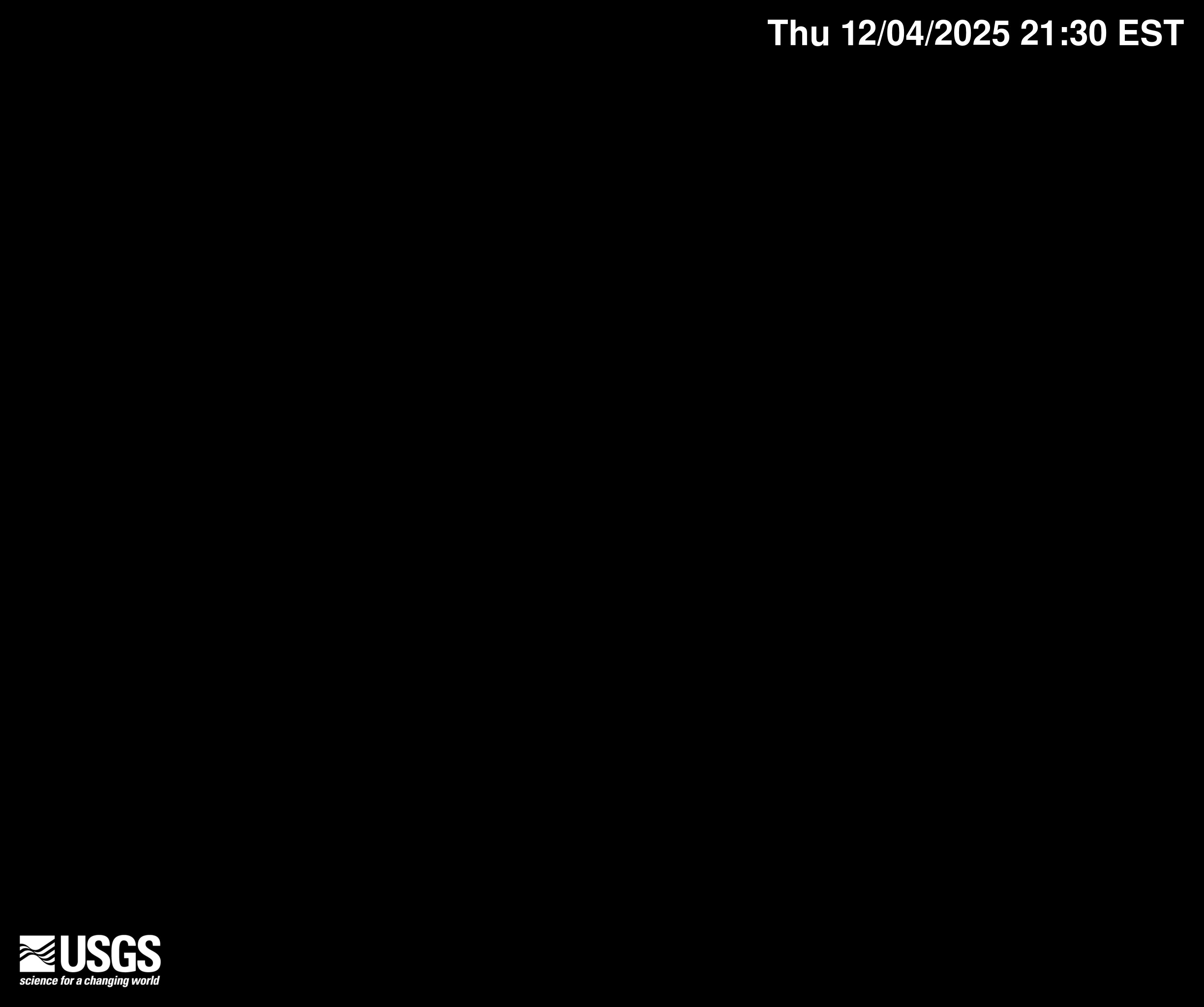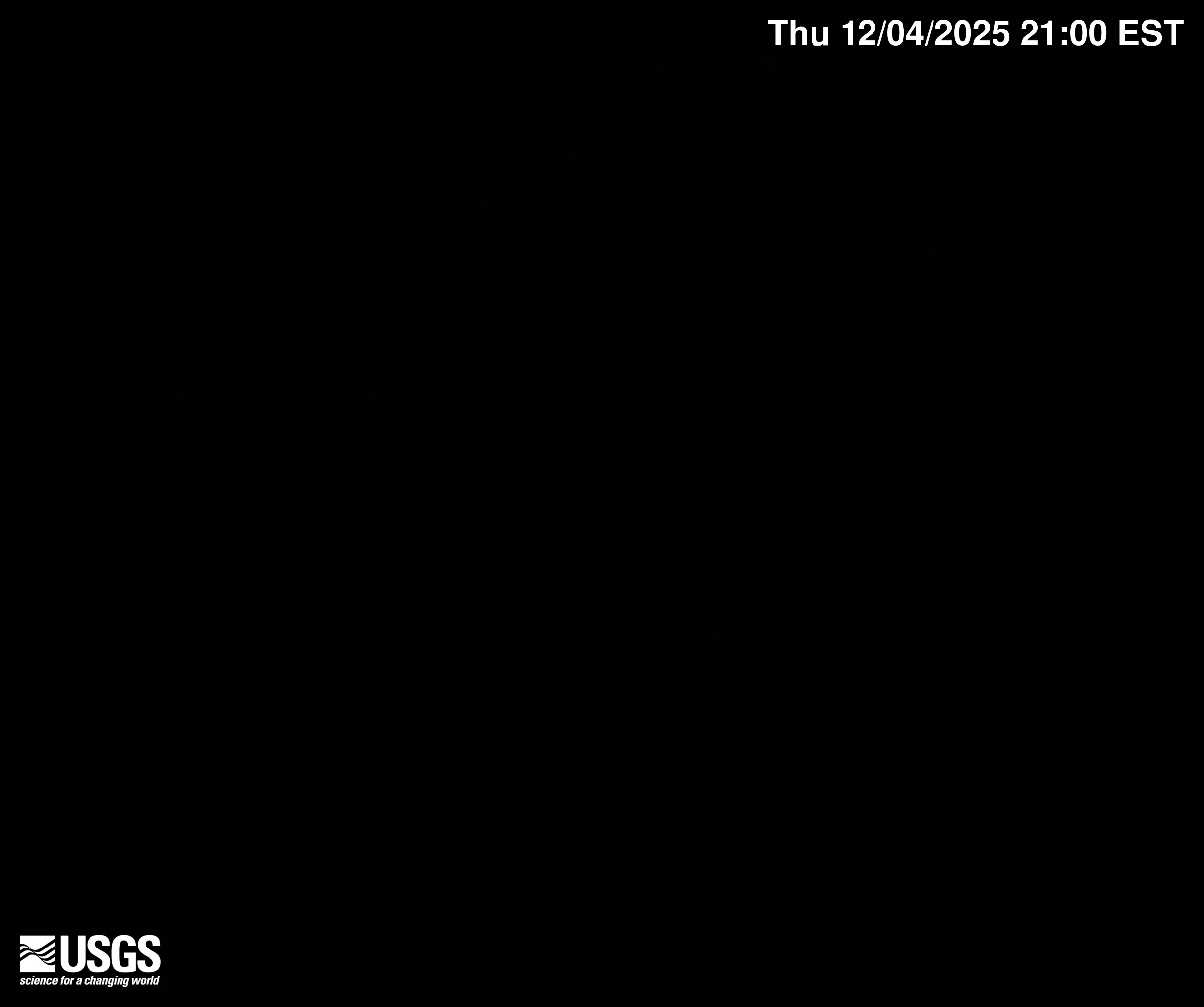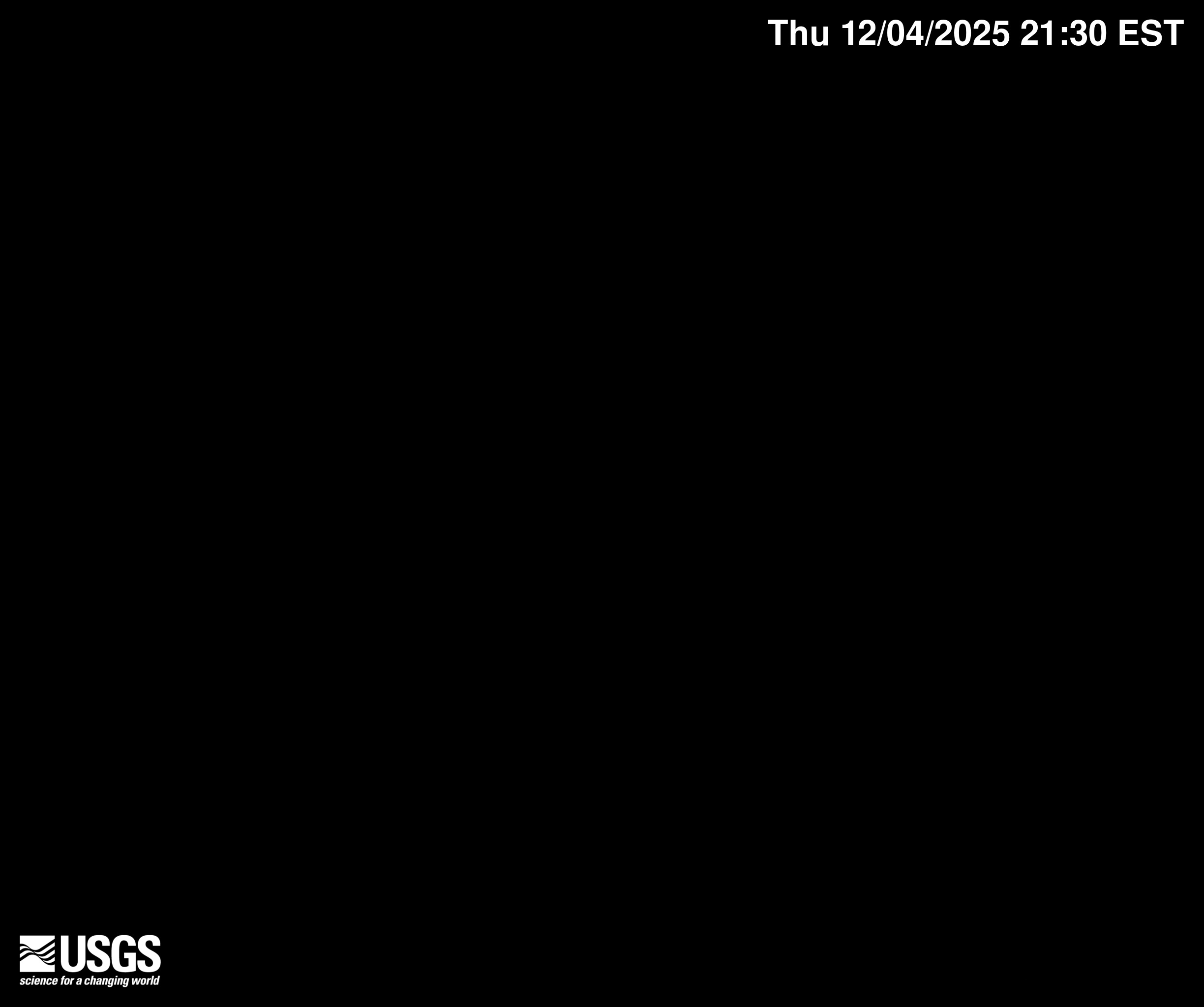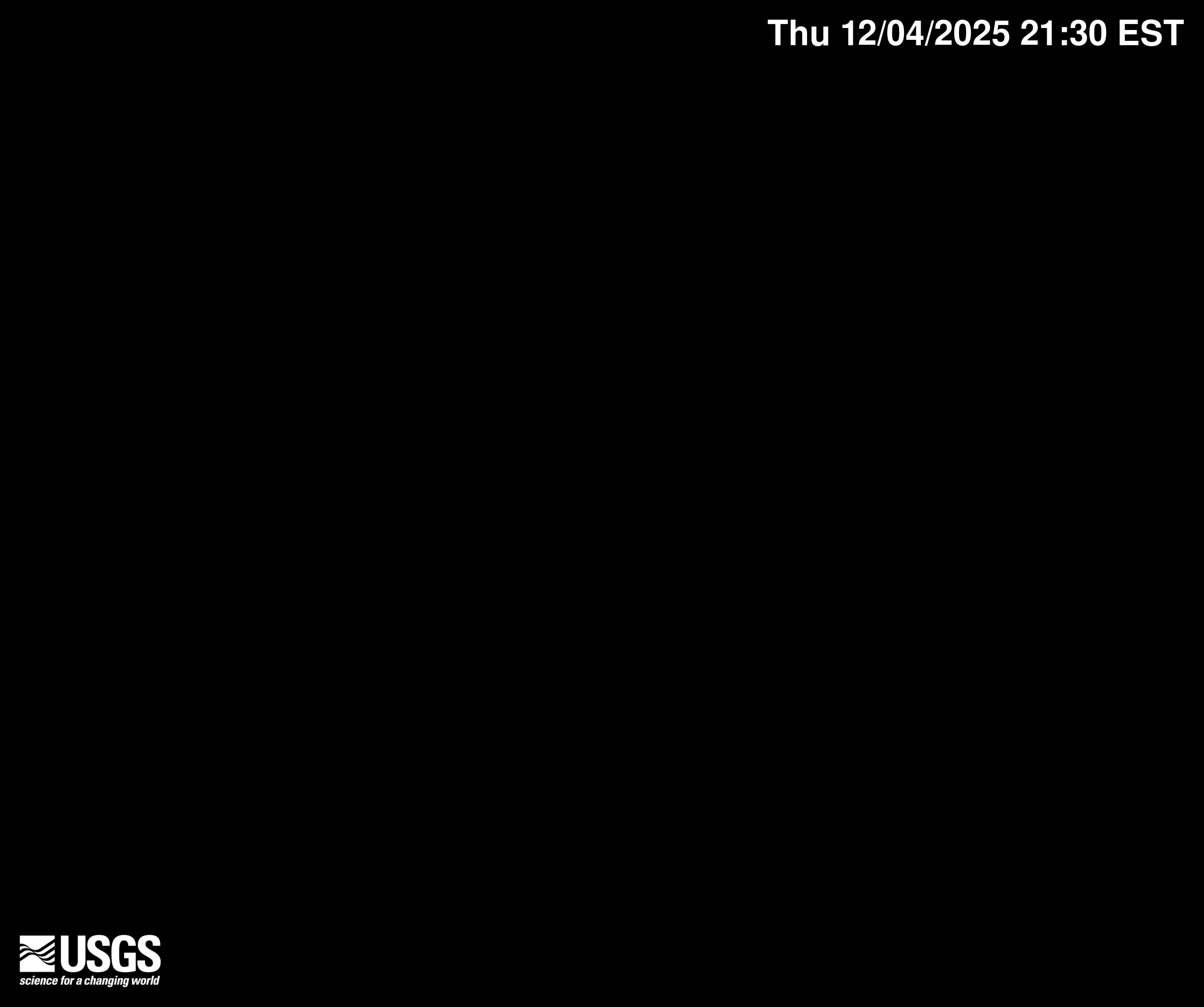Using Video Imagery to Study Marconi Beach
Two video cameras are mounted on a bluff above Marconi Beach, Cape Cod National Seashore, Wellfleet, MA. One camera looks alongshore toward the northeast, and the second looks directly offshore (east). The cameras are part of a U.S. Geological Survey research project to study the beach and nearshore environment shared by beachgoers, shorebirds, seals, and sharks. The work is being conducted under National Park Service permit CACO-2020-SCI-0021.
Every half hour during daylight hours, the cameras collect snapshots and video for 10 minutes. The most recent images are shown below. If they are out of date, there may be technical problems. Please note that it takes 10 minutes for the images to post once they are collected by the camera. This camera research is part of the Remote Sensing Coastal Change Project.
Currently, USGS video cameras are active at these locations:
- Dream Inn hotel in Santa Cruz, California
- Head of the Meadow Beach, Massachusetts (temporarily decommissioned)
- Marconi Beach, Massachusetts
- Norton Sound, Unalakleet, Alaska
- Nuvuk (Point Barrow), Alaska
- Sunset State Beach, California
These and other images are used to remotely sense a range of processes, including:
- shoreline position,
- sandbar migration,
- rip-channel formation,
- wave run-up on the beach,
- alongshore current, and
- nearshore bathymetry.
Please note: If old photos are displayed, cameras may be temporarily offline.
Snapshots
The snapshot is the first frame of the video, just like a standard photograph.
Timex (time-exposure) images
A timex is a time-averaged image of all frames, smoothing away surface waves and determining the location of persistent wave-breaking (indicative of shallow sandbars).
Variance images
A "variance" image shows the standard deviation of pixel intensity throughout the video and it is useful for determining how much variation or movement is occurring at a given location.
Bright images
A "bright" image shows the brightest pixel values throughout the video, useful for identifying the position of maximum wave run-up on the beach, position of all breaking waves, and sea-state.
Dark images
A "dark" image shows the darkest pixel values throughout the video, useful for tracking sediment plumes, tracking floating debris, and filtering out breaking waves.
Below are other science projects associated with this project.
Remote Sensing Coastal Change
Using Video Imagery to Study Coastal Change: Santa Cruz Beaches
Using Video Imagery to Study Coastal Change: Sunset State Beach
Using Video Imagery to Study Sediment Transport and Wave Dynamics: Nuvuk (Point Barrow)
Using Video Imagery to Study Wave Dynamics: Unalakleet
Two video cameras are mounted on a bluff above Marconi Beach, Cape Cod National Seashore, Wellfleet, MA. One camera looks alongshore toward the northeast, and the second looks directly offshore (east). The cameras are part of a U.S. Geological Survey research project to study the beach and nearshore environment shared by beachgoers, shorebirds, seals, and sharks. The work is being conducted under National Park Service permit CACO-2020-SCI-0021.
Every half hour during daylight hours, the cameras collect snapshots and video for 10 minutes. The most recent images are shown below. If they are out of date, there may be technical problems. Please note that it takes 10 minutes for the images to post once they are collected by the camera. This camera research is part of the Remote Sensing Coastal Change Project.
Currently, USGS video cameras are active at these locations:
- Dream Inn hotel in Santa Cruz, California
- Head of the Meadow Beach, Massachusetts (temporarily decommissioned)
- Marconi Beach, Massachusetts
- Norton Sound, Unalakleet, Alaska
- Nuvuk (Point Barrow), Alaska
- Sunset State Beach, California
These and other images are used to remotely sense a range of processes, including:
- shoreline position,
- sandbar migration,
- rip-channel formation,
- wave run-up on the beach,
- alongshore current, and
- nearshore bathymetry.
Please note: If old photos are displayed, cameras may be temporarily offline.
Snapshots
The snapshot is the first frame of the video, just like a standard photograph.
Timex (time-exposure) images
A timex is a time-averaged image of all frames, smoothing away surface waves and determining the location of persistent wave-breaking (indicative of shallow sandbars).
Variance images
A "variance" image shows the standard deviation of pixel intensity throughout the video and it is useful for determining how much variation or movement is occurring at a given location.
Bright images
A "bright" image shows the brightest pixel values throughout the video, useful for identifying the position of maximum wave run-up on the beach, position of all breaking waves, and sea-state.
Dark images
A "dark" image shows the darkest pixel values throughout the video, useful for tracking sediment plumes, tracking floating debris, and filtering out breaking waves.
Below are other science projects associated with this project.


